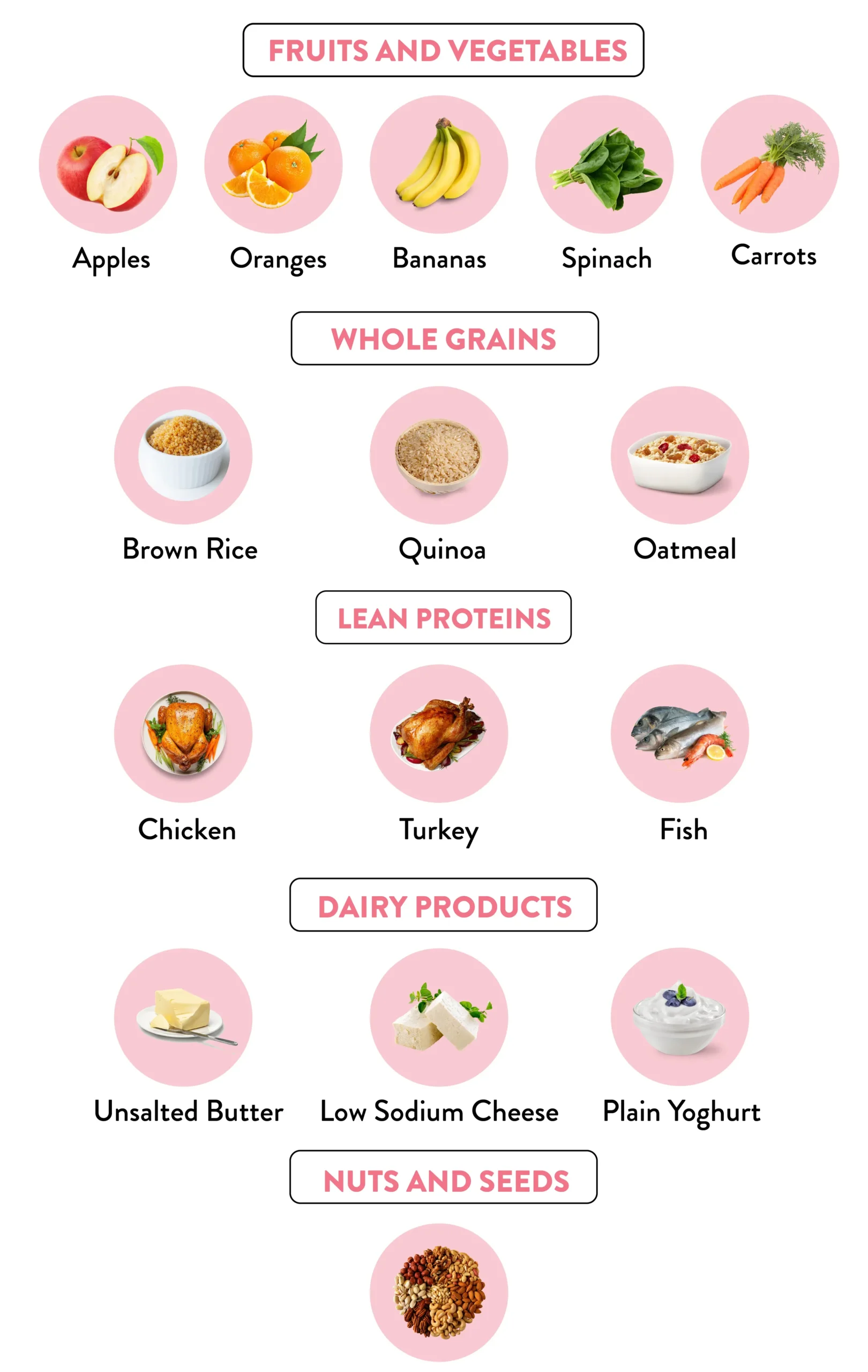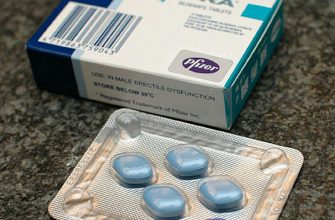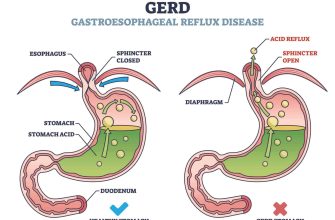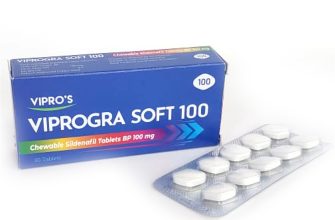Reduce your daily sodium intake to 2,300 milligrams or less. This simple change significantly impacts blood pressure, lowering your risk of heart disease and stroke. Focus on fresh produce, lean proteins, and whole grains; these naturally contain minimal sodium.
Prepare meals at home more often. This provides greater control over sodium content. When using packaged foods, carefully check nutrition labels for sodium levels, aiming for options with less than 140 milligrams per serving. Consider swapping high-sodium condiments like soy sauce for low-sodium alternatives or fresh herbs and spices.
Don’t be afraid to experiment with different herbs and spices to enhance flavor. Garlic powder, onion powder, pepper, cumin, and paprika add depth without the salt. Explore new recipes that emphasize fresh ingredients and flavorful techniques. Gradually reduce sodium to avoid abrupt taste changes, allowing your palate to adjust.
Remember: Consulting a doctor or registered dietitian is beneficial before making significant dietary changes, especially if you have underlying health conditions. They can provide personalized guidance and support tailored to your individual needs.
- Low Sodium Diet Plan: A Comprehensive Guide
- Smart Swaps for Lower Sodium
- Beyond the Basics: Sodium Reduction Strategies
- Understanding and Identifying Hidden Sodium
- Creating Your Low Sodium Meal Plan: Sample Recipes and Strategies
- Breakfast
- Lunch
- Dinner
- Snacks
- Strategies for Success
- Example Low-Sodium Recipes
- Maintaining Your Low Sodium Diet: Long-Term Success and Troubleshooting
- Dealing with Cravings and Social Situations
- Monitoring Your Progress and Adjusting Your Plan
- Addressing Common Challenges
Low Sodium Diet Plan: A Comprehensive Guide
Reduce your daily sodium intake to under 2,300 milligrams, aiming for 1,500 milligrams if you have high blood pressure or other health conditions. This significantly lowers your risk of heart disease and stroke.
Check food labels diligently. Sodium hides in unexpected places! Processed foods, canned goods, and restaurant meals are often high in sodium. Opt for fresh produce, lean proteins, and whole grains instead.
Smart Swaps for Lower Sodium
Instead of using table salt, experiment with herbs, spices, lemon juice, garlic powder, and onion powder to flavor your food. These add depth without the sodium.
Choose low-sodium or no-salt-added options whenever possible. This includes things like canned soups, broths, and sauces. Many brands offer lower-sodium versions of your favorite products.
Prepare meals at home more often. This gives you complete control over ingredients and sodium levels. You can easily monitor the sodium content.
Beyond the Basics: Sodium Reduction Strategies
Rinse canned beans and vegetables under cold water before cooking to remove excess sodium. This simple step makes a surprising difference.
Limit consumption of fast food, deli meats, and processed cheeses; these are notorious for high sodium content.
Read restaurant menus carefully and ask for modifications. Request dishes prepared without added salt or with reduced sodium.
Gradually reduce your sodium intake over time to avoid sudden taste changes. Your palate will adjust to less salt.
Consult your doctor or a registered dietitian for personalized guidance. They can tailor a plan to your specific needs and health status. Regular checkups are essential for monitoring your progress.
Understanding and Identifying Hidden Sodium
Check food labels carefully! Sodium lurks in unexpected places.
- Processed foods are major culprits. Read labels diligently; even seemingly healthy options can contain surprisingly high sodium levels. Aim for less than 140mg per serving.
- Condiments like soy sauce, ketchup, and salad dressings pack a sodium punch. Use sparingly, or opt for low-sodium alternatives.
- Bread and baked goods often contain significant amounts of sodium. Look for brands with lower sodium content, or consider making your own.
- Cured meats (deli meats, bacon, ham) are notoriously high in sodium. Limit consumption or choose lower-sodium varieties.
- Soups (canned or prepared) frequently contain excessive sodium. Make your own soups or select low-sodium options. Many contain over 700mg of sodium per serving.
- Cheese varies greatly in sodium content. Check labels and choose lower-sodium varieties. Hard cheeses tend to have more sodium than soft cheeses.
Here’s a simple strategy:
- Compare labels. Choose the lowest sodium option amongst similar products.
- Gradually reduce your intake of high-sodium foods. Your palate will adjust.
- Use herbs, spices, and citrus to enhance flavor instead of salt.
- Cook more meals at home to control sodium levels.
Remember, even small changes can significantly reduce your daily sodium intake. Small consistent improvements make a big difference in the long run!
Creating Your Low Sodium Meal Plan: Sample Recipes and Strategies
Begin by focusing on fresh, whole foods. Limit processed foods, canned goods, and restaurant meals significantly. Here’s a sample meal plan highlighting low-sodium choices:
Breakfast
Oatmeal with berries and a sprinkle of cinnamon. Avoid instant oatmeal packets, as they often contain high sodium levels. Alternatively, enjoy a scrambled egg (made without salt) with spinach and whole-wheat toast.
Lunch
A large salad with grilled chicken breast (seasoned with herbs and spices, not salt) and plenty of vegetables. Use a lemon vinaigrette instead of a high-sodium dressing. A whole-wheat wrap with hummus and vegetables is another satisfying option.
Dinner
Baked salmon with roasted asparagus and sweet potatoes. Season your salmon with lemon juice, garlic powder, and black pepper. Avoid using soy sauce or other high-sodium condiments. Alternatively, prepare a hearty lentil soup with plenty of fresh vegetables.
Snacks
Fresh fruit (apples, bananas, oranges), vegetables (carrots, celery, bell peppers) with hummus, or a small handful of unsalted nuts. Check labels carefully, even for “healthy” snacks, as some contain surprising amounts of added sodium.
Strategies for Success
Read food labels meticulously. Compare sodium content per serving between similar products to make informed choices. Use herbs, spices, lemon juice, garlic, and onion powder to enhance the flavor of your dishes without relying on salt. Rinse canned beans and vegetables under cold water to reduce sodium content. Cook at home more often; this provides greater control over ingredients and sodium levels. Prepare large batches of low-sodium meals on the weekend to make healthy eating convenient throughout the week.
Example Low-Sodium Recipes
Garlic and Herb Roasted Chicken: Rub a whole chicken with olive oil, garlic powder, rosemary, thyme, and black pepper. Roast at 375°F (190°C) until cooked through. Lemon-Herb Salmon: Marinate salmon fillets in lemon juice, dill, and parsley. Bake or grill until flaky.
Remember, consistency is key! Gradually reduce your sodium intake to allow your taste buds to adjust. Consult a doctor or registered dietitian before making significant dietary changes, especially if you have any underlying health conditions.
Maintaining Your Low Sodium Diet: Long-Term Success and Troubleshooting
Read food labels diligently. Pay close attention to “hidden sodium” in processed foods, sauces, and condiments. Aim for less than 140 mg of sodium per serving.
Prepare more meals at home. This gives you complete control over ingredients and sodium levels. Experiment with herbs, spices, and citrus to enhance flavor naturally.
Choose fresh, whole foods. Fruits, vegetables, lean proteins, and whole grains naturally contain little sodium. Prioritize these in your diet.
Dealing with Cravings and Social Situations
Satisfy salt cravings with unsalted nuts, seeds, or air-popped popcorn. These provide satisfying crunch without the extra sodium.
Communicate your dietary needs to friends and family. Explain your low-sodium diet, and suggest restaurants with healthy options or offer to bring a dish to potlucks.
When eating out, ask for dishes to be prepared without added salt. Request dressings and sauces on the side.
Monitoring Your Progress and Adjusting Your Plan
Regularly check your blood pressure. This is the best indicator of your diet’s effectiveness. Share this information with your doctor.
Keep a food diary. Track your sodium intake and identify areas where you can make improvements. This simple step can significantly improve your awareness.
Be patient and persistent. Adjusting to a low-sodium diet takes time. Don’t get discouraged by occasional setbacks; focus on long-term habits.
Addressing Common Challenges
If you experience muscle cramps, ensure you are consuming enough potassium-rich foods like bananas and sweet potatoes. Consult your doctor if cramps persist.
Manage fatigue by staying hydrated. Dehydration can worsen fatigue, particularly when adjusting to a low-sodium diet. Increase your water intake throughout the day.








